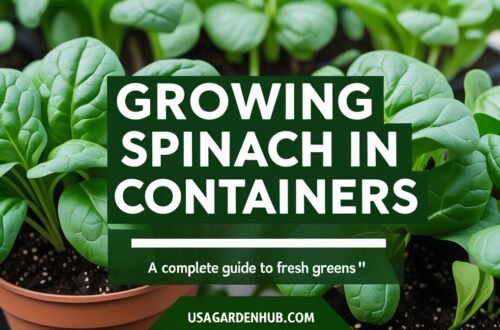Discover how to grow, harvest and use Marconi peppers. Learn expert tips on cultivation, culinary uses and health benefits of this sweet Italian pepper variety. Perfect for gardeners and food enthusiasts alike.
Marconi peppers are large, sweet Italian peppers known for their elongated shape and mild, fruity flavor. They are typically 6-12 inches long, turn from green to red when ripe, and are excellent for grilling, roasting or eating raw. Marconi peppers require full sun, well-draining soil and regular watering for optimal growth.
Introduction to Marconi Peppers

As a horticulturist specializing in vegetable cultivation, I’m excited to share my expertise on growing and enjoying Marconi peppers. These delightful peppers are a staple in Italian cuisine and can be a wonderful addition to any garden or kitchen.
What are Marconi Peppers?
Marconi peppers, named after the Italian inventor Guglielmo Marconi, are a type of sweet pepper (Capsicum annuum) known for their large size and mild flavor. They come in several varieties, including red, yellow and chocolate colors.
For more information on pepper varieties, visit the University of Florida’s IFAS Extension page on peppers.
Growing Marconi Peppers
Climate and Conditions
Marconi peppers thrive in:
- Full sun (at least 6-8 hours of direct sunlight daily)
- Well-draining, fertile soil
- Warm temperatures (65-80°F or 18-27°C)
Planting
When to Plant
- Start seeds indoors 8-10 weeks before the last frost date
- Transplant outdoors when soil temperatures reach 60°F (16°C)
How to Plant
- Space plants 18-24 inches apart
- Plant in rows 24-36 inches apart
- Bury seedlings slightly deeper than they were in their pots
For more detailed planting instructions, check out the Clemson Cooperative Extension’s guide on peppers.
Care and Maintenance
Watering
- Keep soil consistently moist but not waterlogged
- Water deeply once or twice a week, depending on rainfall
Fertilizing
- Apply a balanced, slow-release fertilizer at planting time
- Side-dress with nitrogen-rich fertilizer when first fruits appear
Support
- Consider using stakes or cages to support the heavy fruit
Harvesting Marconi Peppers
- Harvest when peppers are 6-12 inches long
- Green peppers can be harvested earlier for a slightly bitter taste
- Allow peppers to turn red on the plant for maximum sweetness
Pests and Diseases
Common issues include:
- Aphids: Use insecticidal soap or neem oil
- Blossom end rot: Ensure consistent watering and adequate calcium
- Pepper weevils: Practice crop rotation and remove affected fruits
For more information on pepper diseases, visit the University of Minnesota Extension’s pepper problem solver.
Culinary Uses
Marconi peppers are versatile in the kitchen:
- Grill or roast whole
- Stuff with cheese or meat
- Use raw in salads or as crudités
- Preserve by pickling or freezing
Health Benefits
Marconi peppers are nutrient-dense:
- High in Vitamin C
- Good source of Vitamin A
- Contains antioxidants like capsanthin
For more on the nutritional value of peppers, check out Harvard T.H. Chan School of Public Health’s page on peppers.
Growing Marconi peppers can be a rewarding experience for both novice and experienced gardeners. With their sweet flavor and versatile culinary applications, these peppers are sure to become a favorite in your garden and kitchen. Remember to provide them with plenty of sun, consistent moisture, and fertile soil for the best results. Happy growing and bon appétit!
For more in-depth information on pepper cultivation, visit the Cooperative Extension’s eXtension page on peppers.
For more gardening tips and plant care guides, visit usagardenhub.com.






One comment on “Marconi Peppers : A Complete Guide to Growing and Enjoying This Sweet Italian Variety (2024)”